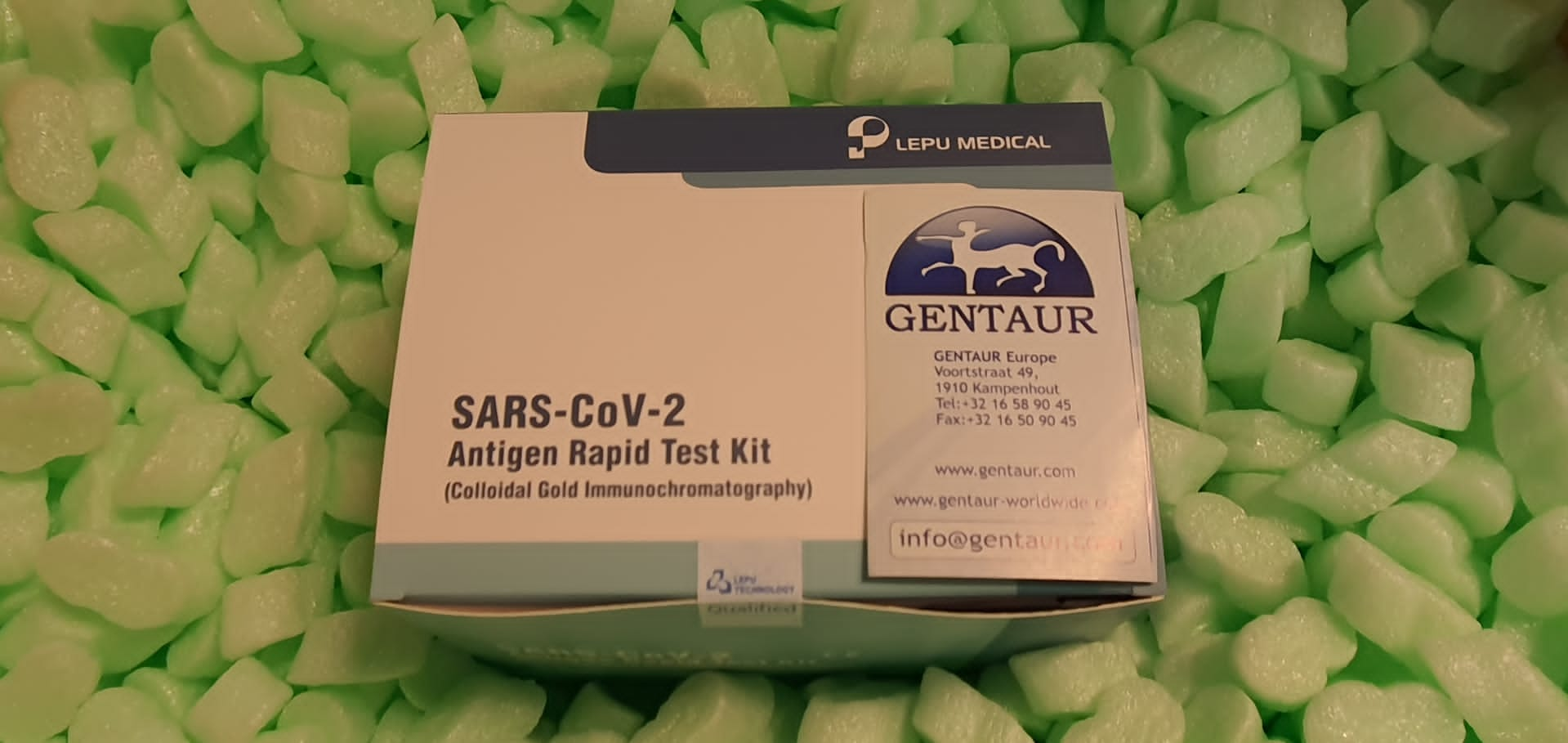
Amongst 188 sufferers, 58 (30.9%) have been recognized with sepsis and 84 (44.7%) with septic shock, respectively. Plasma ranges of FasL elevated within the group order of management, sepsis, and septic shock teams (P for pattern < 0.001). For 142 sufferers with sepsis, organ dysfunction and septic shock have been extra prevalent within the group with plasma FasL ranges that have been increased than one of the best cut-off stage. A big distinction in mortality between excessive and low FasL sufferers was noticed as much as 90 days (Log-rank P = 0.013). FasL ranges didn’t considerably change over day Three and day 7. FasL ranges weren’t correlated with these of RIPK3.

A number of myeloma stays a hard-to-treat most cancers as all sufferers finally progress due to drug resistance. Thus, there’s a want for novel and non-cross-resistant therapy choices, and we aimed to deal with this problem by introducing a brand new immuno-oncology drug (APO010) in a number of myeloma therapy. APO010 is a hexameric Fas-ligand that mimics cytotoxic T-lymphocyte signaling via the Fas-receptor to induce apoptosis. APO010 is at the moment in scientific trials with a number of myeloma sufferers.
Thus, an understanding of the mechanisms contributing to resistance to APO010 shall be important for future scientific research with APO010, and it may be doable to develop methods to bypass this resistance. We developed APO010-resistant variants of human a number of myeloma cell strains (LP1, MOLP-8, and KMS-12-BM) and a human Burkitt’s lymphoma cell line (Raji) by exposing the cells to steadily rising concentrations of APO010 over a interval of 6-12 months.
The resistant cell strains have been characterised on the idea of immunocytochemistry, Fas-receptor protein expression, mRNA expression evaluation, and pathway evaluation. APO010-resistant cell strains exhibited a 4- to 520-fold enhance in resistance to APO010 and nonetheless remained delicate to different chemotherapeutics. Downregulation of the Fas-receptor protein expression was noticed in all resistant cell strains.
[Linking template=”default” type=”products” search=”Anti-Mouse CD40 Ligand” header=”2″ limit=”123″ start=”2″ showCatalogNumber=”true” showSize=”true” showSupplier=”true” showPrice=”true” showDescription=”true” showAdditionalInformation=”true” showImage=”true” showSchemaMarkup=”true” imageWidth=”” imageHeight=””]
mRNA expression evaluation of the resistant versus parental cell strains confirmed a major alteration in FAS expression between delicate and resistant cell strains (p = 0.03), whereas pathway evaluation revealed alterations in mRNA signaling pathways of Fas. On the idea of the pre-clinical knowledge obtained, it may be concluded that downregulation of Fas-receptor can mediate resistance to APO010. Osteoclast exercise was assessed utilizing a pit formation assay. The mechanisms of inhibition have been studied by biochemical analyses, together with RT-PCR, immunofluorescent staining, circulation cytometry, an apoptosis assay, immunoblotting, and ELISA.